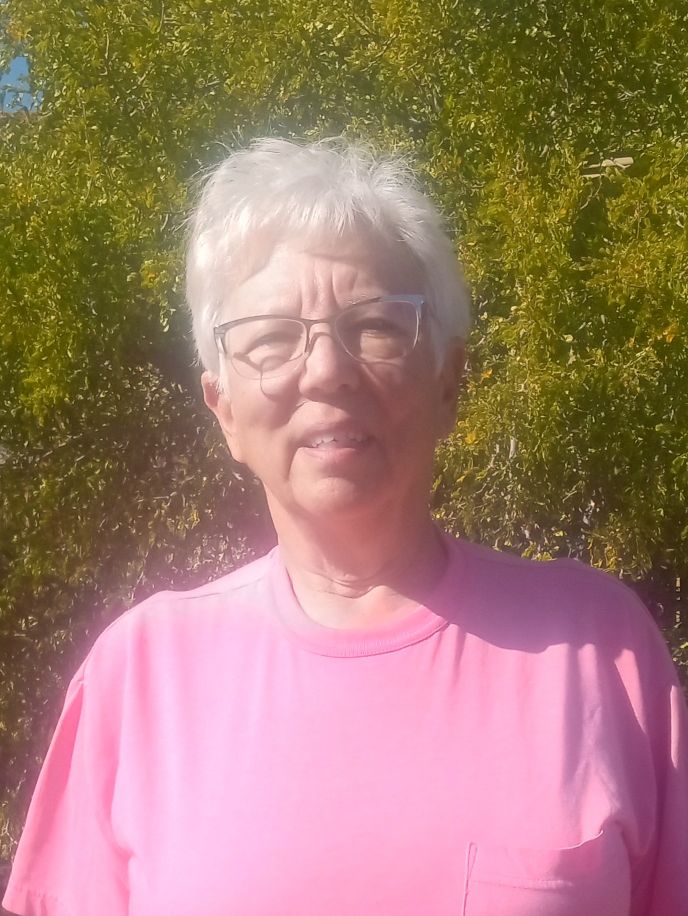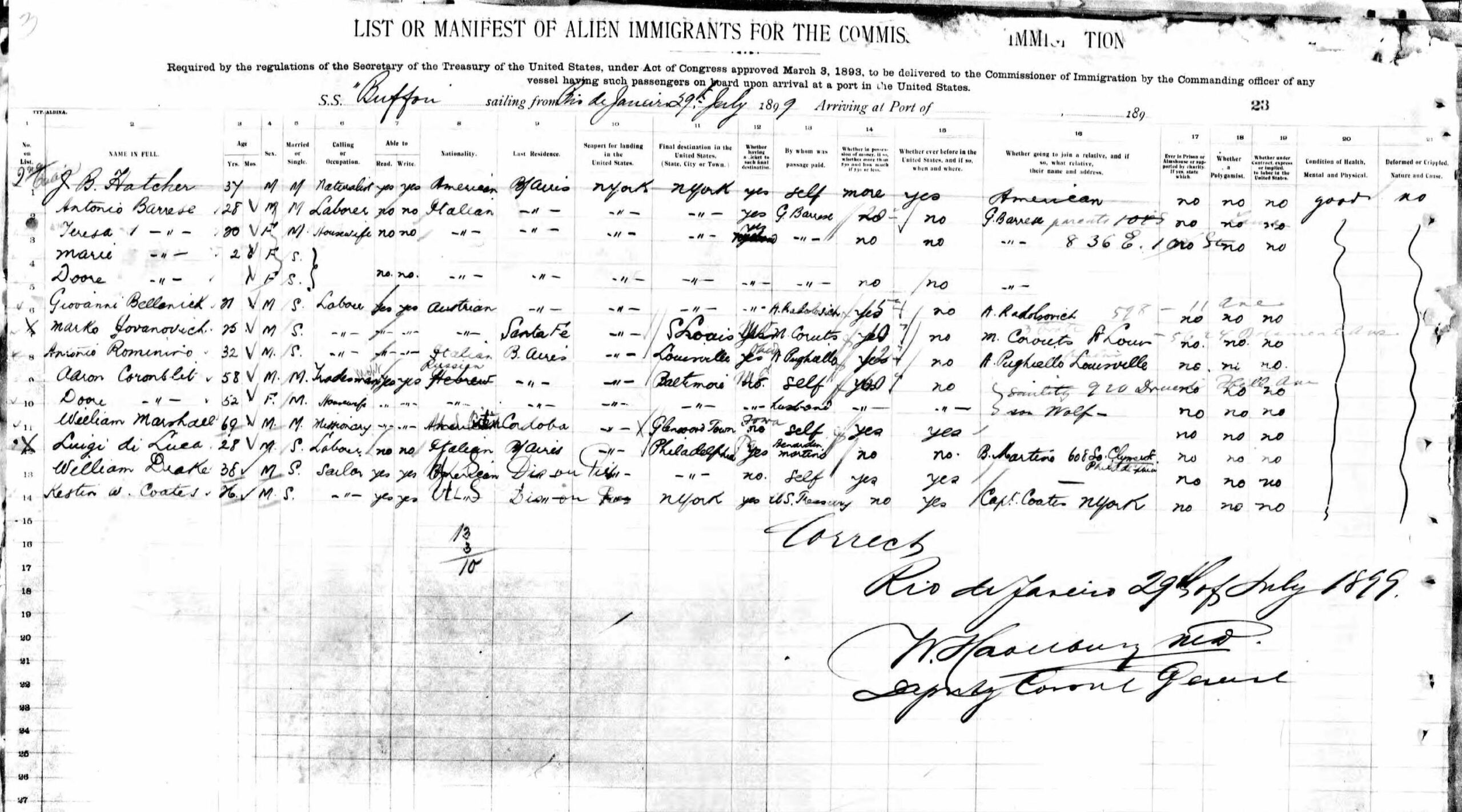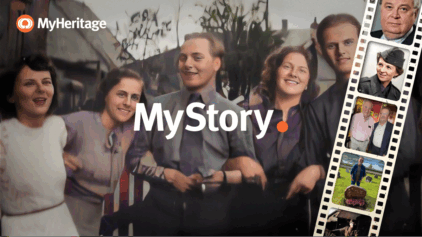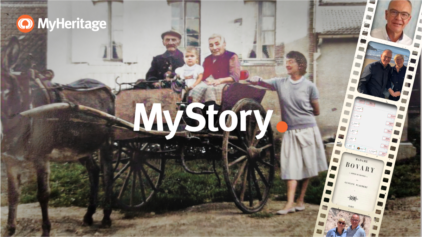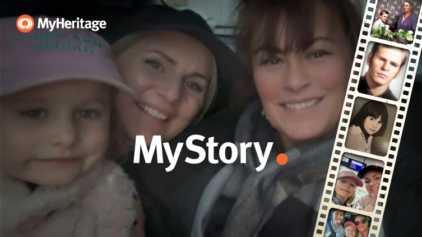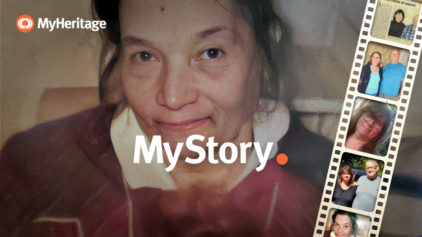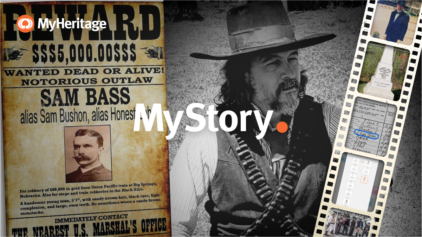I Solved a Mystery About My Grandmother’s Life with Historical Records on MyHeritage
- By Melanie Schaffner ·
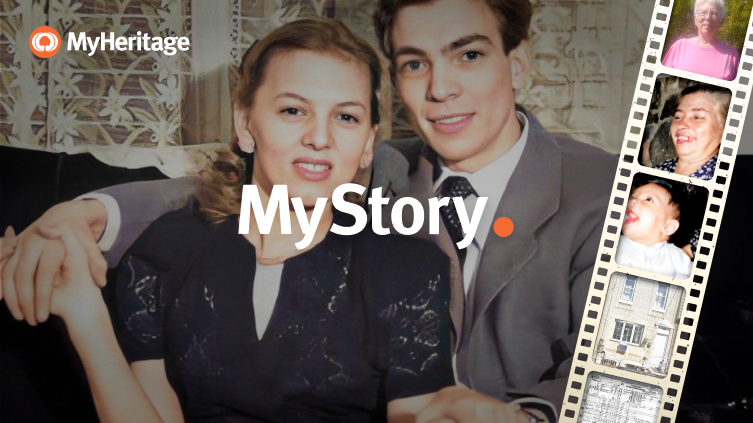

I come from a big Italian-American family, and like many families, I grew up with my grandmother Filomena living with us when I was a child. But despite how close we were, there have always been a few gaps when it came to Filomena’s background. I’d known that three of my grandparents were from Abruzzo. It was Filomena who was the mystery.
Finding out about my ancestry
Filomena was born in a small town near Naples, Italy, but I didn’t know much else about her upbringing. Filomena came to the United States as a child; so no, I do not speak Italian. She used to say “We are in America, we speak English.” But I wanted to know more. Thus began my ancestry journey in 2016, when I took my first DNA test with MyHeritage.
I was surprised at the results. I had expected to be mostly of Southern European descent, but the results showed a significant percentage of Near Eastern heritage too. There’s an old legend from the Greek historian Herodotus that King Atys of Turkey — then named Lydia — sent his starving subjects to seek new lives elsewhere, and a great many of them resettled in Italy. Perhaps this was indeed the case, and the migrants could have included my own ancestors.
I was able to trace my family tree back to the 19th century, and all of the characters started to come to life when I connected the MyHeritage data with census information. This is how I found out more about my grandmother Filomena.
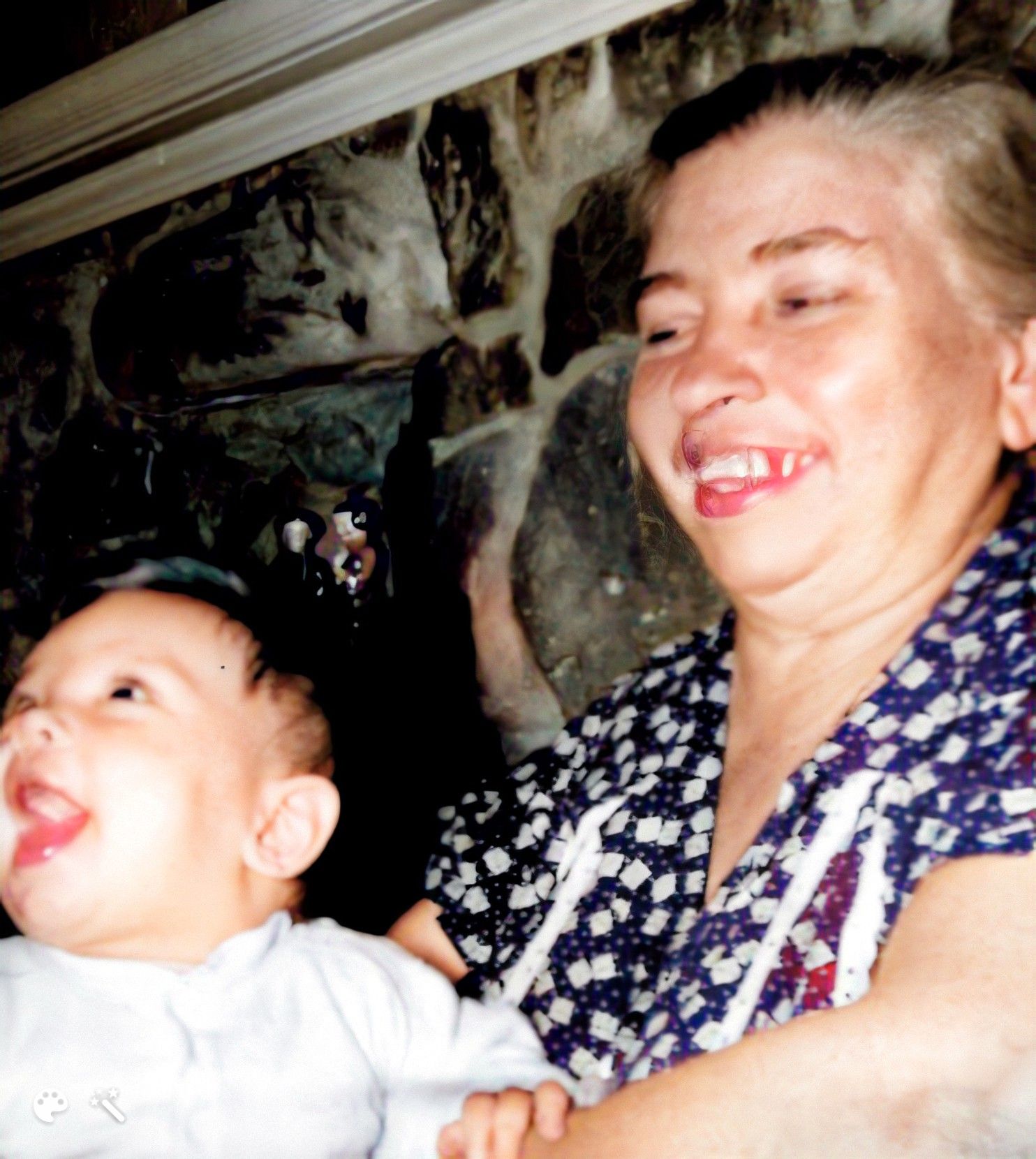
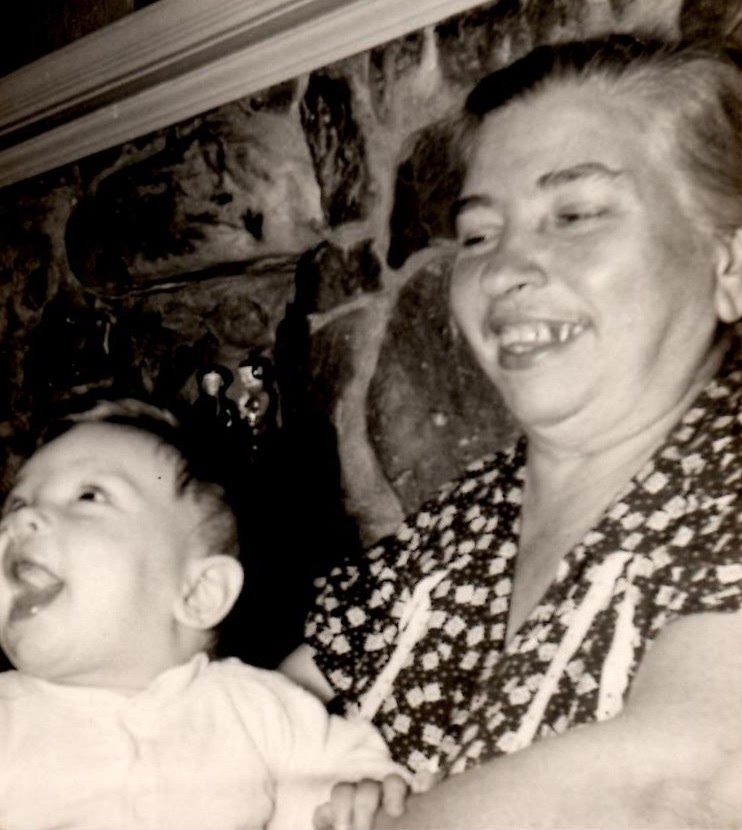
The Bucci Family’s journey to America
Maria Filomena Bucci was born in Alife, in the Province of Caserta, Italy, in 1889. My great-grandfather Pietro Bucci passed away in 1890 when my grandmother was just one year old. This left my great-grandmother Maria Carolina Bucci (née Perfetto) widowed. My grandmother had 3 older sisters: Maria Vincenza, Maria Antonia (called Antonetta), and Maria Giovanina (called Jennie). Vincenza, the eldest daughter, had already married Giuseppe d’Amico and emigrated to Buenos Aires, Argentina.
In 1897, 3 major events shaped the family’s future. For reasons still unknown, my great-grandmother made the bold decision to leave Italy as a widow, bringing her 3 youngest daughters to the United States in January, 1897. They settled in Philadelphia at 608 Clymer Street. At that time, Filomena was just 7 years old.
1897, a year of change
In August of that same year, Carolina’s second daughter, my great-aunt Antonetta Bucci, married Michael Guglielmo. They moved across the street from her family, settling at 609 Clymer Street in Philadelphia.
The third major event was my great-grandmother’s remarriage. Next to the Guglielmo residence lived a widower with children, Berardino Martino. By the end of 1897, the widow Maria Carolina Bucci had married Berardino, blending their families, and Berardino moved into Carolina’s. With this marriage, Berardino became the stepfather to her 4 daughters.
Meanwhile, Vincenza and her husband, Giuseppe D’Amico, decided in 1899 to leave Argentina and join the rest of the Bucci family in Philadelphia. They moved into Antonetta and Michael Guglielmo’s home.
By 1900, the Bucci family had transformed. The two eldest daughters were married and living together in the Guglielmo residence, and Carolina — now going by Caroline Martino — had remarried, creating a new family unit on Clymer Street.

1900 U.S. Census record of Berardino and Caroline Martino (born Perfetto), at 608 Clymer Street, Philadelphia, PA

1900 U.S. Census record of Mike Guglielmo and wife Antony (Antonetta), and Joseph D’Amico and wife Vincenza D’Amico (Born Bucci), at 609 Clymer Street, Philadelphia, PA
A mystery in the 1950 US Census
As I continued investigating my family history, I was eager to review the 1950 US Census, the year I was born. I found my parents and I living on Mifflin Street in Philadelphia, where I was born, and expected to see my grandmother Filomena listed there too. But she wasn’t. Where was she?
I knew she had owned a home on McKean Street since the 1920s, and the 1950 Census confirmed she was still listed there. However, I had always believed she had lived with us on Mifflin Street from 1950 to 1952. The census told a different story: it recorded her as living with the Biasiello family, people I had never heard of. Moreover, it listed an Antonio Biasiello as the “head of household” at my grandmother’s house on McKean street!
Why was my grandmother listed as “cousin” to the head of the household, Antonio Biasiello? How were the Biasiellos connected to her?
I searched MyHeritage records, combing through nearly 8,000 family connections, but not once did I come across the name Biasiello. Who were they? And how did they fit into my family’s story?
Tracing the Biasiello Connection
To solve the mystery of the Biasiellos, I had to go back in time once again, and look closer. I delved deeper into the family tree of my great-aunt, Maria Giovanina “Jennie” Bucci. Jennie married her husband Vincenzo James Cialella in 1902, and became Jennie Cialella. Together, they had a son, Peter James Cialella, born in 1906 in Philadelphia.
My uncle, Peter James Cialella (Filomena’s nephew) then went on to marry Carmela De Luca in 1928. This opened another thread: who were the De Lucas?
As I traced my aunt-by-marriage Carmela’s family, I discovered that she had a sister, Anna De Luca. Both were daughters of Luigi De Luca. This connection turned out to be the key to the mystery.
Luigi De Luca: the missing link
Luigi De Luca was born in 1868 in Alife, Caserta, Italy. Like my great-aunt Vincenza’s husband, Giuseppe d’Amico, Luigi first emigrated to Buenos Aires, Argentina. It’s likely they already knew each other, as both men were born in the same town in the same year.
Eventually, Luigi De Luca decided to leave Argentina for the United States. According to his 1899 immigration record, he arrived from Argentina by way of Rio de Janeiro.
His destination? He was traveling to meet his friend, B. Martino — none other than Berardino Martino, my great-grandmother Carolina’s second husband, and stepfather to grandmother Filomena and her sisters.
Luigi De Luca returned to Alife for a brief time to marry. In about 1904, Luigi married Mariangela Sansone and had several children, including my aunt by marriage Carmela, born in 1910, and her sister Anna Maria, who was born in 1918 in Philadelphia.
It was Carmela’s sister, Anna Maria De Luca, who married the mystery connection, Antonio Biasiello, who was born in 1911 in Philadelphia.

1930 U.S. Census record for Louis De Luca and his family, with the record for Peter Cialella on the following page
Connecting the dots
After weeks of combing through immigration and census records, along with birth and marriage documents, the puzzle finally began to come together.
Luigi De Luca was a friend of Giuseppe D’Amico, Filomena’s brother-in-law, and Berardino Martino, Filomena’s stepfather.
Luigi’s daughter Carmela married Peter Cialella, who was Filomena’s nephew through her sister Jennie.
Carmela’s younger sister Anna married Antonio Biasiello, who would later become a key figure in Filomena’s life.
This created a web of connections between the De Luca, Biasiello, Bucci, and Cialella families, making the Biasiellos, in a sense, “family” to Filomena — hence the term “cousins” used in the census.
All the work I’d done in poring over immigration and Census records, as well as finding addresses and birth and marriage records for all of the new De Luca characters in this story, had cracked the code. Finally all the pieces of the puzzle started to come together.
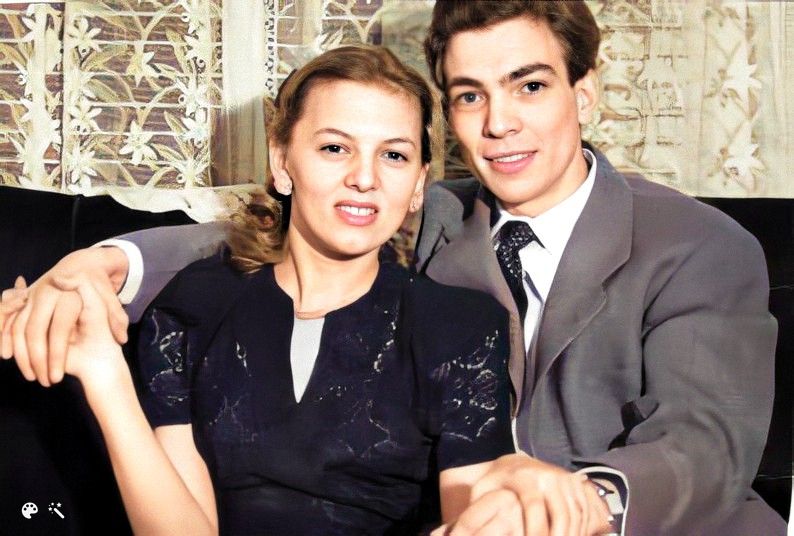

What about the mystery of the Biasiellos?
It turned out the mystery of the Biasiellos was not such a mystery after all: my grandmother Filomena had room in her house since her last child, my father, Joseph Carlucci, married and moved out in 1947 to Mifflin Street (my childhood home). In line with my ancestors’ decades-old tradition of multi-family households, the Biasiello family, in-laws to Filomena’s nephew aka her “cousins,” moved in.
My grandmother didn’t stay long in that house. Later in 1950, she sold it to the Biasiello family and moved in with my parents and me.
Mystery solved.
What this story meant to me
It certainly took time to find the records for the De Luca and Biasiello families, but it was worth the effort, and MyHeritage was incredibly helpful. This may seem like just another in a long line of family stories, most of which are fairly commonplace. But for me, it’s different. I was so close with Filomena, and I wanted to strengthen my memory of her. Except for one cousin, I’m the only person still alive who remembers my grandmother.
This journey — and my research into my family — has taught me to pay closer attention to the details in census records. It’s important to understand who lived in the neighborhoods around your ancestors. For example, if your “John Smith” married “Mary Jones,” it could be significant to discover that the Smiths and Joneses lived just down the block from one another.
Of course, there are still more mysteries to unravel. For instance, there’s no mention of my grandmother or my great Aunt Jennie, who were ages 11 and 13 respectively, in the 1900 Census for either 608 or 609 Clymer Street. So far, I haven’t found them anywhere else. It will be another chapter to explore in the story of my heritage.
Many thanks to Melanie for sharing this fascinating discovery with us! If you’ve also made an amazing discovery with MyHeritage, we’d love to hear about it. Please send it to us via this form or email us at stories@myheritage.com.
